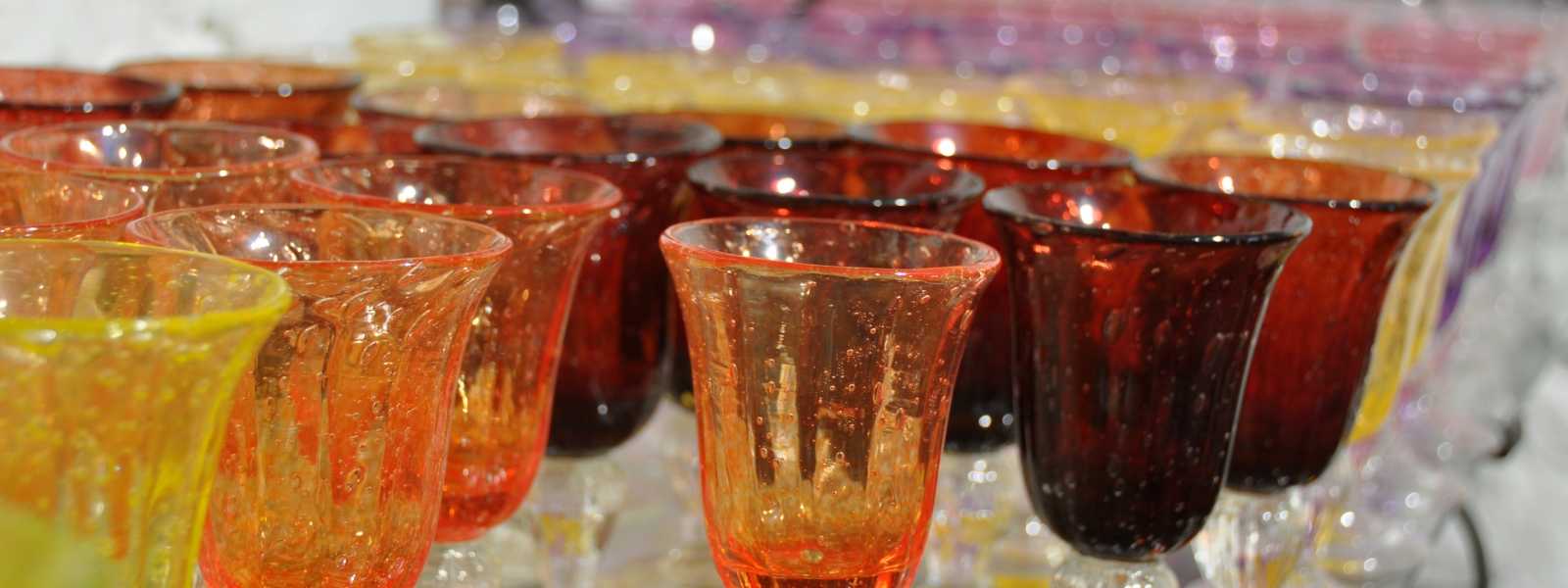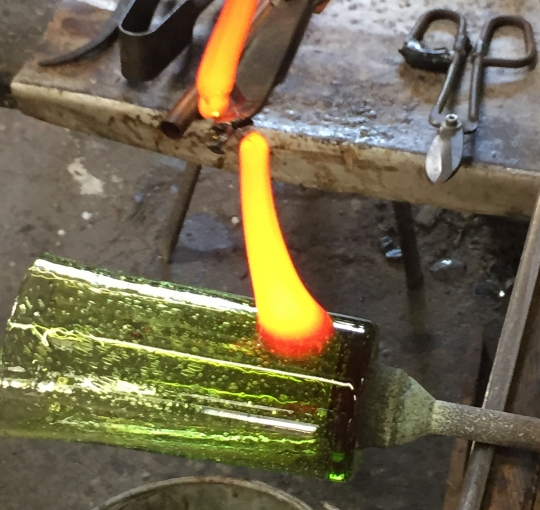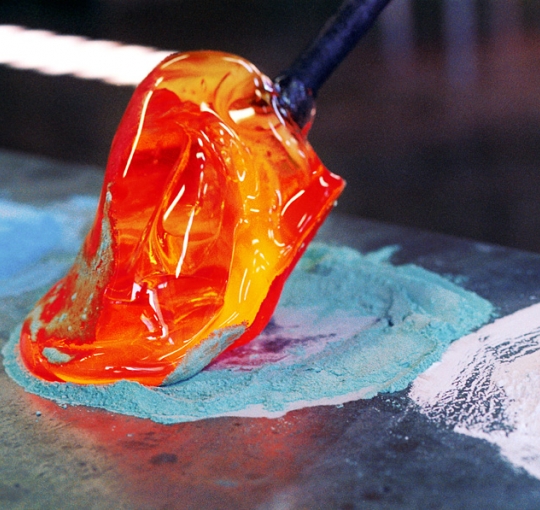
History of glass
Biot was once a village of potters and traditional vases and ceramics are still very popular here today. But it’s the glass arts that now symbolise Biot’s creative inspiration. Relive the history of the village’s first master glassmaker.

Éloi Monod
The history of the Verrerie de Biot glassworks is beautiful, exemplary, original, and family-oriented. Éloi Monod, an engineer and ceramist who graduated from the École de Sèvres, longed to rediscover the secrets of traditional glassmaking. He loved both the functional aspect and the charm of the early ceramics and glassware that he discovered in the region, most notably at the Poterie Provençale ceramics workshop run by René Augé-Laribé, a man who became his father-in-law. Colourful and filled with bubbles, his first line of everyday items, glasses, bottles and jars was a resounding success.
Éloi Monod’s company was a shining light, not only because of its furnaces, but from the important role it played with the people. It breathed creative momentum into an entire generation, beginning with the children of Éloi and Luce Monod, and then by training other youths who came to learn the risky techniques and burning magic of hand-blown glass.

Bubble glass
For centuries, bubbles have been well-known to glassblowers. They were their worst enemy, as they result from imperfect melting or from bad finishing. The temperature isn’t hot enough, or for long enough, to allow the gas to escape so the bubbles can pop on the surface of the molten glass. The bubbles remain trapped and create “waste glass”.
At the beginning of the century, some glassblowers took advantage of the effect of this type of flaw. It was also an ancestral technique used from Scandinavia to Venice to Bohemia for creating lamps, for example.
To create bubbles intentionally, bicarbonate of soda is sprinkled on the molten glass and then covered with a second layer, trapping the bicarbonate between two layers of hot glass. When it vaporises, it leaves behind uniform little bubbles of carbon dioxide that create a magnifying effect that catches and refracts the light. Each of Biot’s glassmakers have borrowed this technique and made it their own. Now a signature of glass made in Biot, bubble glass has left its mark.
